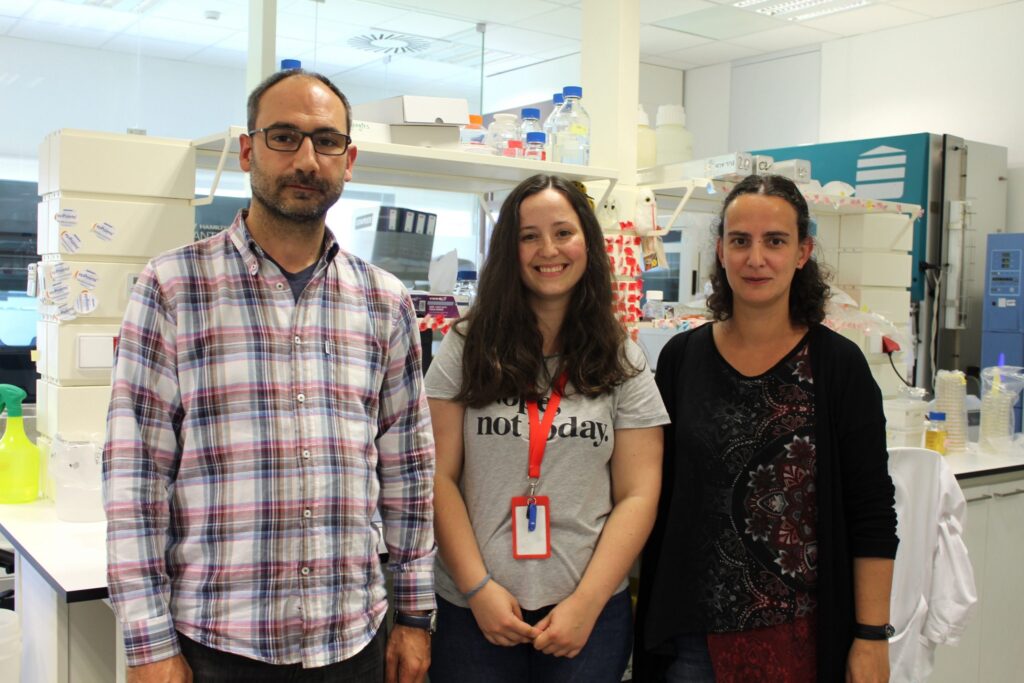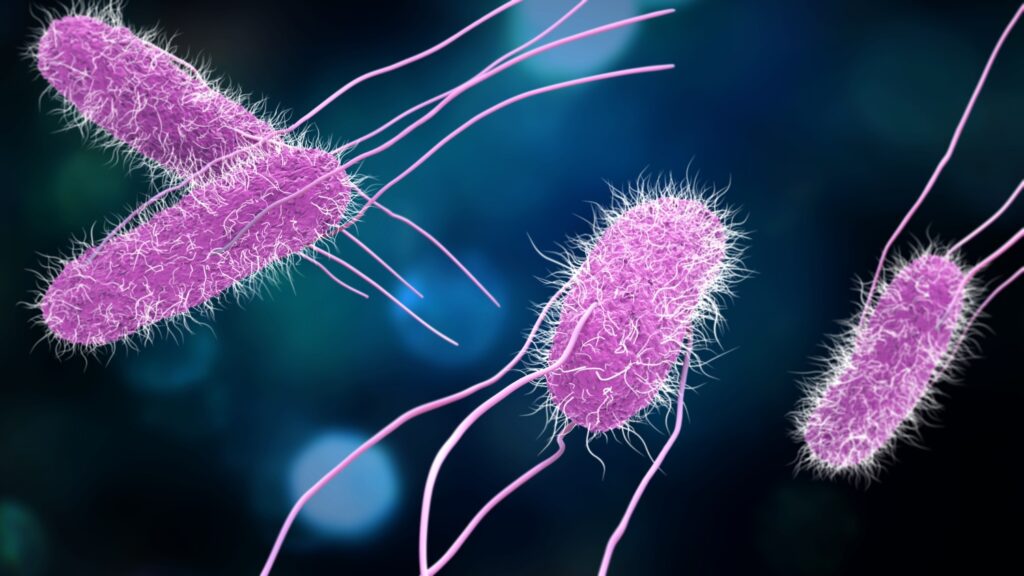An international study led by researchers from the University of Coimbra (UC) revealed a new infection-specific mechanism. Salmonella. This mechanism could be important for the development of new therapeutic approaches to stop infections caused by this bacteria.
The infection caused by Salmonella it occurs after eating contaminated food and mainly affects the digestive tract. Infected people may develop nausea, cramping, diarrhea, fever and vomiting.
The results of the investigation, which had the collaboration of the Universities of Würzburg (Germany) and Cordoba (Spain) and the Institutes of Mathematical Sciences and Homi Bhabha (India), have just been published in the magazine Nature Communications..
Generally, cells in the human body, when infected by viruses or bacteria, communicate with healthy neighboring cells to orchestrate a response against the infection.
In this study, researchers show the opposite effect: cells infected by Salmonella they release proteins that facilitate the infection of neighboring cells. For this reason, it was necessary to assess and identify “key molecules” involved in the process of infection and spread, to better understand where to act to prevent infection.
In particular, the researchers identified a protein, E2F1, which is decreased during infection with Salmonella, either in the host's cells, which are infected with the bacteria, or in neighboring cells. The decrease of the E2F1 protein leads to the deregulation of the expression of molecules involved in the control of the bacterial-host interaction, particularly microRNAs (small non-coding RNA sequences), which in turn promote the multiplication of the bacteria in the infected cells.
Additionally, they found that initially infected cells release molecules into the extracellular space (outside the cells), in particular the HMGB1 protein, which activates neighboring cells making them more receptive to infection by Salmonella.

According to the leader of the study, Ana Eulálio, researcher at the Center for Neuroscience and Cell Biology of the University of Coimbra (CNC) and professor at the Faculty of Science and Technology of the University of Coimbra (FCTUC), «this is a new mechanism that increases our knowledge of the complex interactions established between our cells and microorganisms, in this case bacteria Salmonella».
The big news associated with this work, he explains, is the fact that, «contrary to the existing paradigm, we have discovered that the Salmonella, in addition to manipulating infected human cells, it also modifies non-infected neighboring cells in order to increase their susceptibility to infection and thus facilitate the spread of the bacteria'.
The results now published were obtained through studies in cells and in animal models, with the aid of bioinformatics and cellular and molecular biology tools.
These data may play a crucial role in preventing the progression of infection by this bacteria. Miguel Mano, researcher at CNC and professor at FCTUC, and also author of the study, explains that «the knowledge of the molecular mechanisms explored by Salmonella it may enable the development of therapeutic strategies capable of blocking the spread of the infection».





















Comments